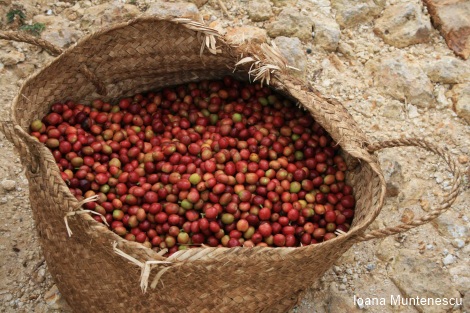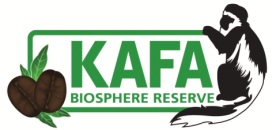EXPLORE » WILD COFFEE » COFFEE PRODUCTION
COFFEE PRODUCTION
Coffee is Ethiopia’s most important export crop. Over 15 million people make their living in this sector, making it essential to Ethiopian life. Farmers practice different growing methods in Kafa, which results in various coffees, including Forest Coffee, Semi-Forest Coffee, Garden Coffee, and Plantation Coffee.

FOREST COFFEE
The coffee grows wild as a natural part of the ecosystem, most favourably under the cover of mountain rainforest trees. Wild coffee is unique worldwide with its distinctive, exotic flavour.
Forest coffee makes up a small part of Ethiopian coffee production even though it is a desirable method. Forest coffee does not involve clearing trees or modifying the structure of the forest, and its sustainability is attested by the fact that it has been practiced and is still practiced in forested areas of Kafa for hundreds of years. Once a year, for the coffee harvest, the leaf litter and natural debris from the forest is cleared to facilitate access for the coffee collectors.
SEMI-FOREST COFFEE
In the buffer zones around natural forests, farmers enrich the existing coffee plant populations, then selectively trim or replace existing trees to optimize light and shade conditions for the coffee plants. About 35% of Ethiopian coffee derives from this method.
GARDEN COFFEE
This type of coffee is grown in close proximity to the farmer’s house, the coffee being planted sparsely, about 1,000 to 1,800 plants per hectare, interspersed amongst other crops and fertilized organically.
PLANTATION COFFEE
Most coffee companies practice this method. In contrast to wild coffee, chemical fertilizers and herbicides are used.
